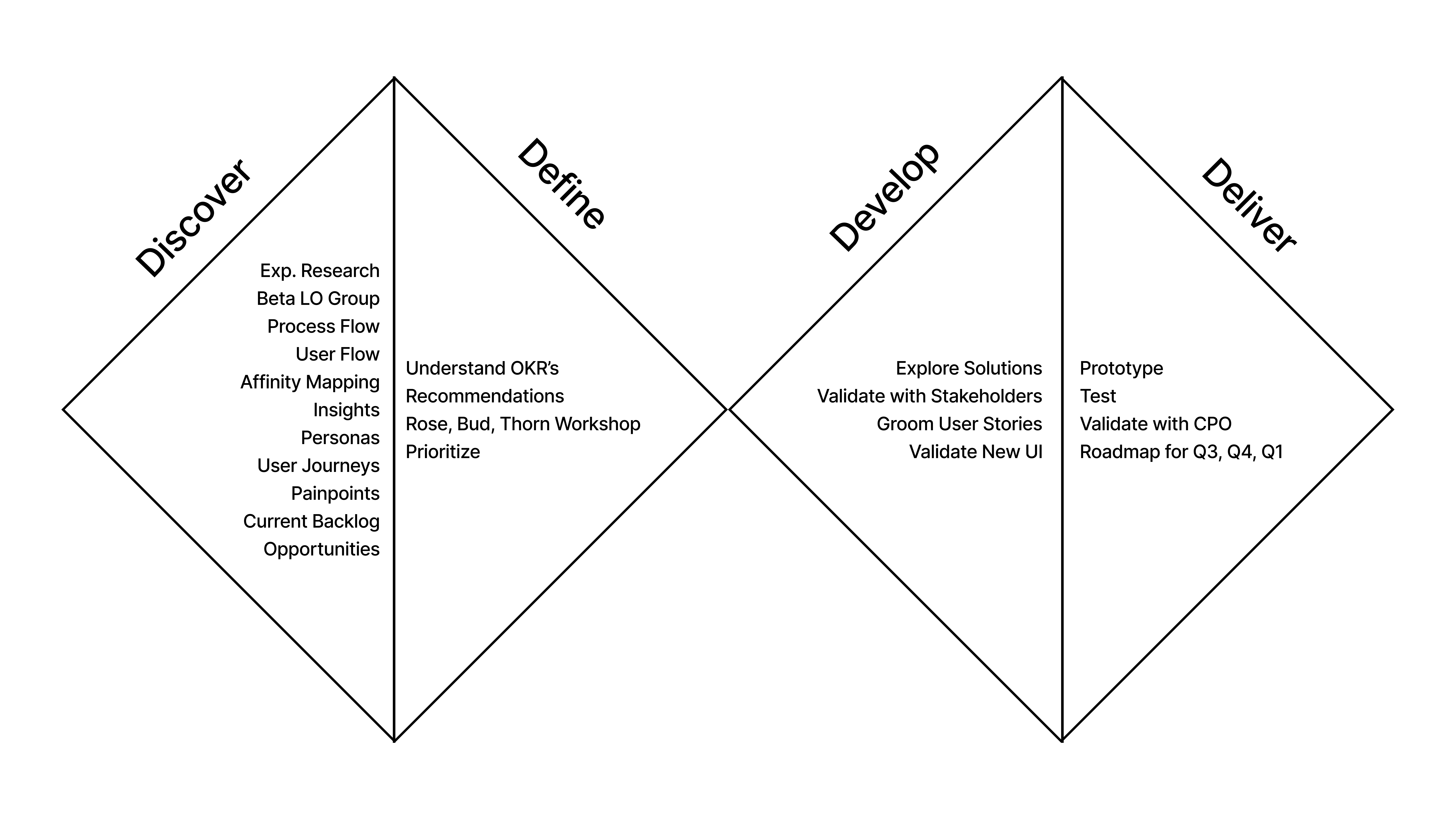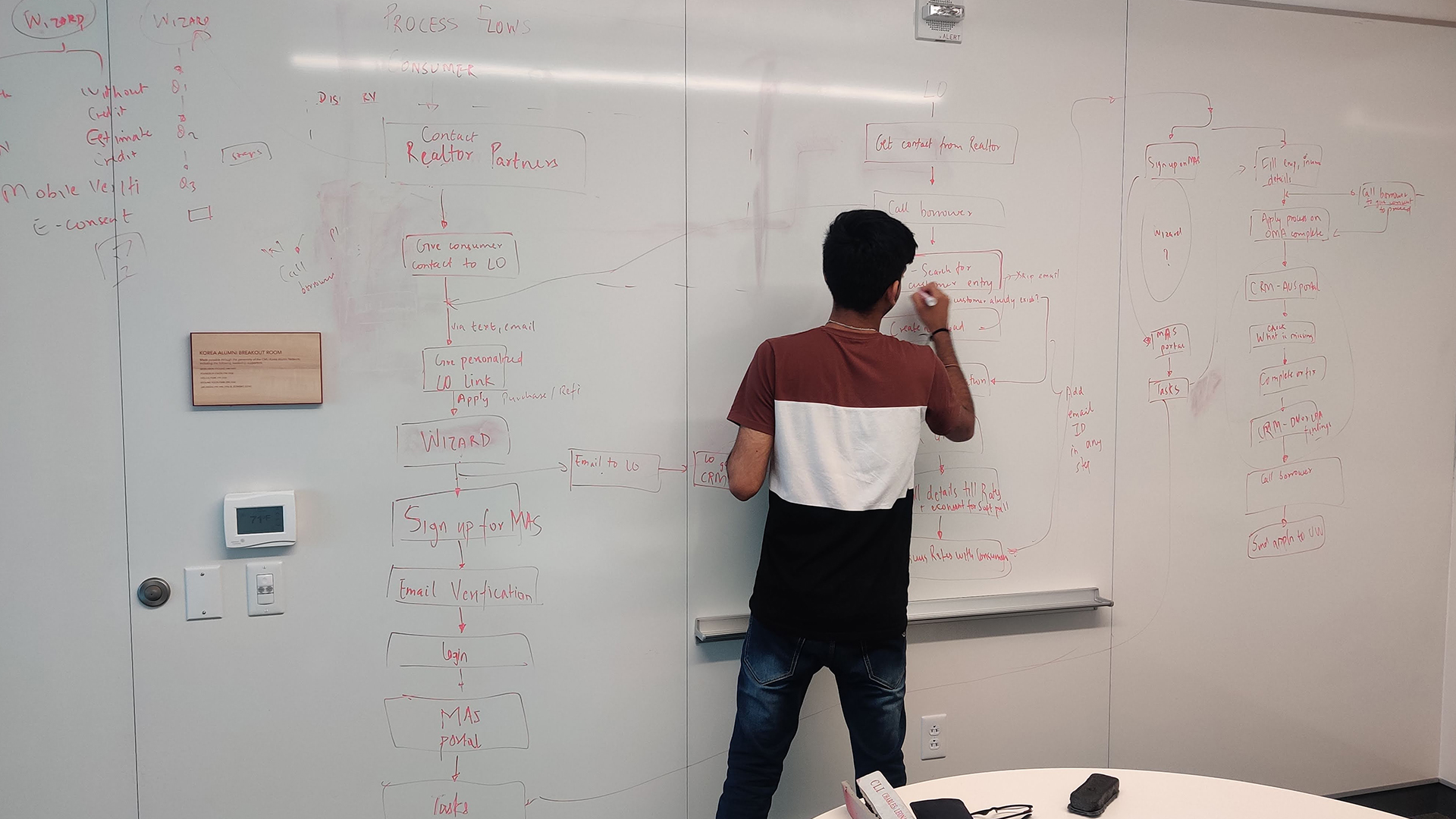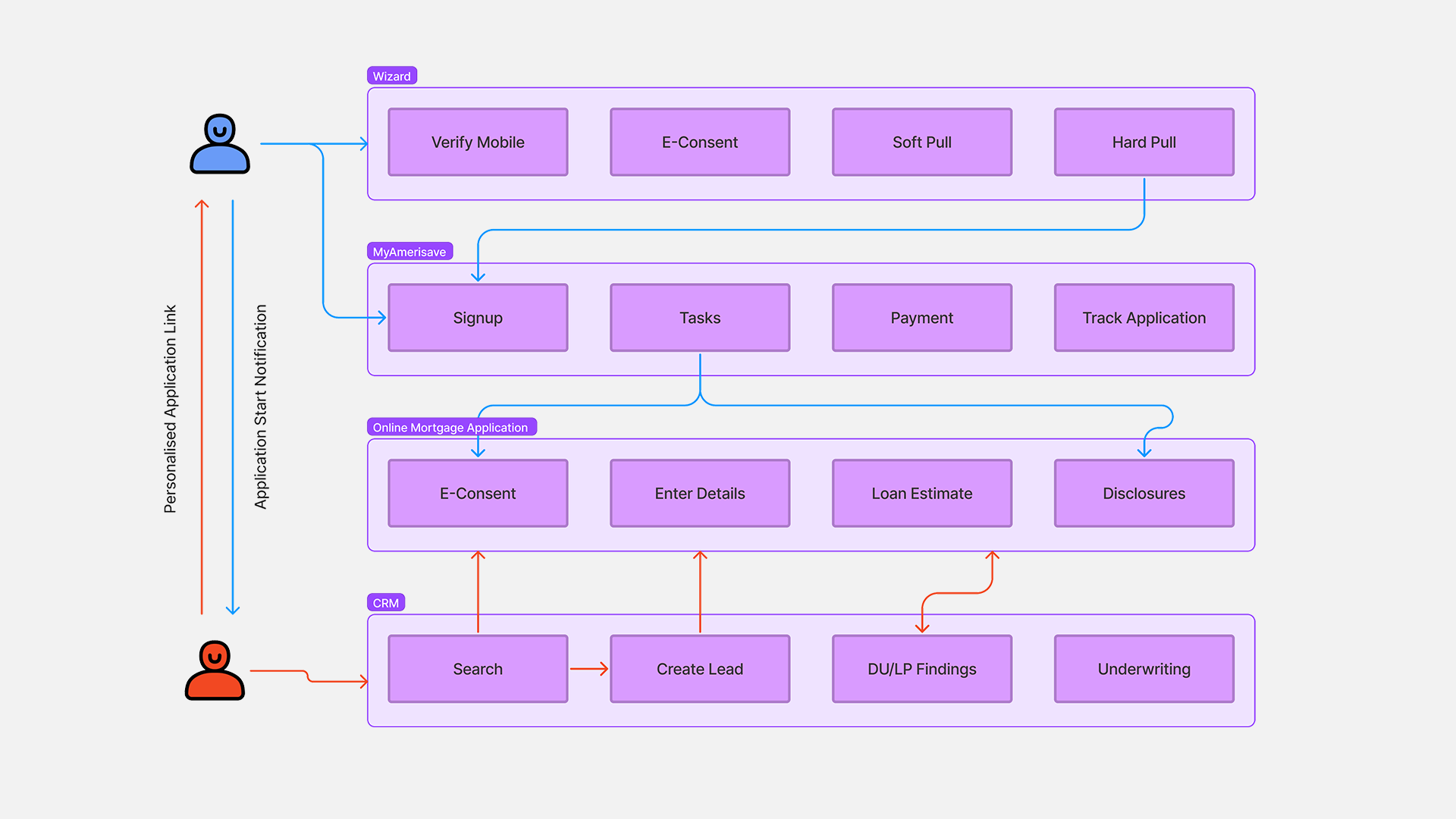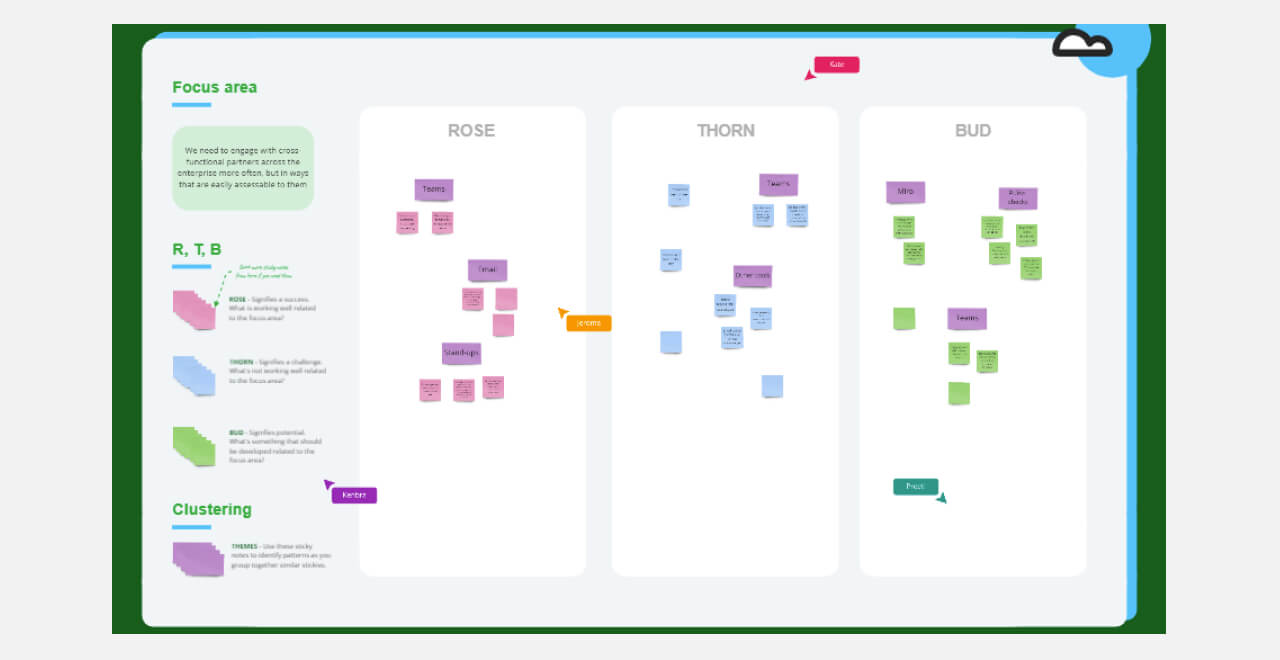
Role
Product Manager, Intern
Company
Amerisave Mortgage
Team Size
11
Duration
3 Months
Amerisave Mortgage Corporation is a mortgage lending solutions company with the lowest interest in the mortgage market. Its business model includes both Distributed Retail and Consumer Direct. Its core product is the legacy CRM which includes 15+ powerful features.
As a product manager, my role was to conduct product discovery on the current CRM and new version (called WAVE) with users and establish a roadmap for the next 4 quarters.


Loan Officers
There were three challenges to address in this problem statement.
- Perform discovery along with Loan Officers to generate recommendations that can improve the end-to-end retail mortgage application process
- Prioritize and define a roadmap based on the current backlog and recommendations generated in the discovery
- Finish these tasks in 3 months
As a strong believer in Design Thinking, I have started the three months journey with Discovery followed up by Validation, Prioritisation, and Defining the Roadmap. In short, the plan was to Focus on Distributed Retail discovery to define a roadmap.
01
Discovery
To perform product discovery, I planned to understand the system process flow along with individual tasks involves and the flow of users across the process, which wasn't documented before in the organization. With too many features in a single product, I had taken an initiative to first document the process flow.
LO Trainers
Count: 4

Senior & Young LOs
Count: 8
It has been a gigantic task to map all the tasks that have been accumulating for the past 15 years since the beginning of the product. The final process flows have been validated with the leadership and it has begun a buzz for other teams to re-perform discovery and document a flow for respective teams too. To preserve confidentiality I have displayed a minified and simple version below.


After validating the process flows, we replayed the interviews and noted down the pain points that users were having. In addition to the interviews with contextual inquiries, we have connected with the participants again to share any other pain points which were not discovered in the interviews. We have received a huge list from different sources.
The next step was to create user journeys based on the interviews and map the pain points that are included in the journey with potential opportunities. The rest of the pain points need to be validated by checking with the business for intent.
Based on the different LOs that we have interacted with, there was a pattern in types of LOs based on their age, knowledge, and product awareness. Hence, I have categorized the personas as
Later, I mapped all the data from contextual inquiries with the personas, starting from the pre-application to post-application stages. Later, we could uncover opportunities that not only adhere to compliance but also enables the digital application process to be more user-friendly and achievable.
Due, to confidentiality I am not able to upload the customer journeys.
02
Validation
A leadership committee with 14 governing managers has been created to validate and define a roadmap
To validate the pain points, opportunities with the leadership I have conducted a Rose, Bud, Thorn workshop.
Rose, Bud, Thorn is a design thinking workshop where you share a list of tasks/issues and the team categorize them as
I have presented all the 50+ pain points in a very long virtual meeting to get acceptance on categorization from leaders of different teams. This was a very interesting task, as all the leaders work on the same product, but are from different verticals. Hence it was a good session for even them to agree on accepting the categories and pain points.
I have also validated business reasons if a few of the issues were not considered as pain points that need to be addressed.

03
Prioritization
After the workshop, I have asked the stakeholders to rank pain points based on the effort and value. I also later categorised them based on the MoSCoW model (Must Have, Should Have, Could Have, Won't have), which finally shortlisted the count to 32 pain points after removing the won't have.04
Roadmapping
With the 32 pain points that were prioritized, there are only 9 Should & Must haves, which are now required to be included in the roadmap.Now, with the existing product backlog, we need to choose which one from the new prioritized issues needs to be included. To decide this, I had set up a meeting with CPO to explain the need to address the issues immediately. It was a tedious task to merge the existing roadmap with the new one. I would consider, it a success that 4 issues were moved to final roadmap creating a final plan for the next 3 quarters. By the end of my internship, I had laid out a detailed final roadmap for the upcoming quarters.

